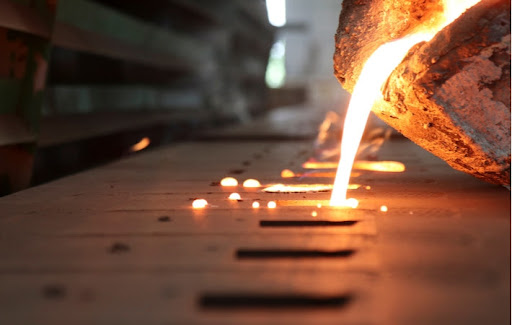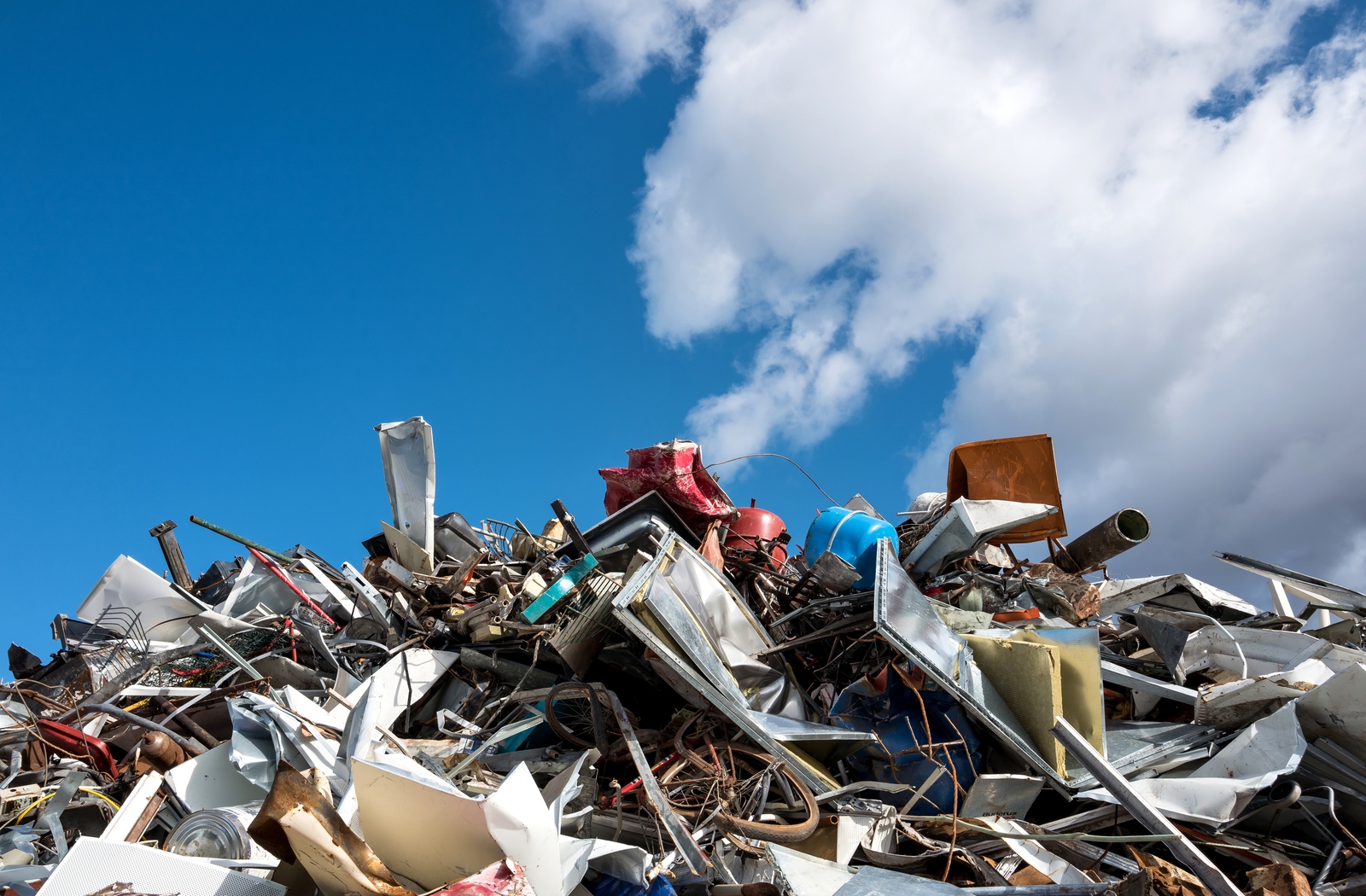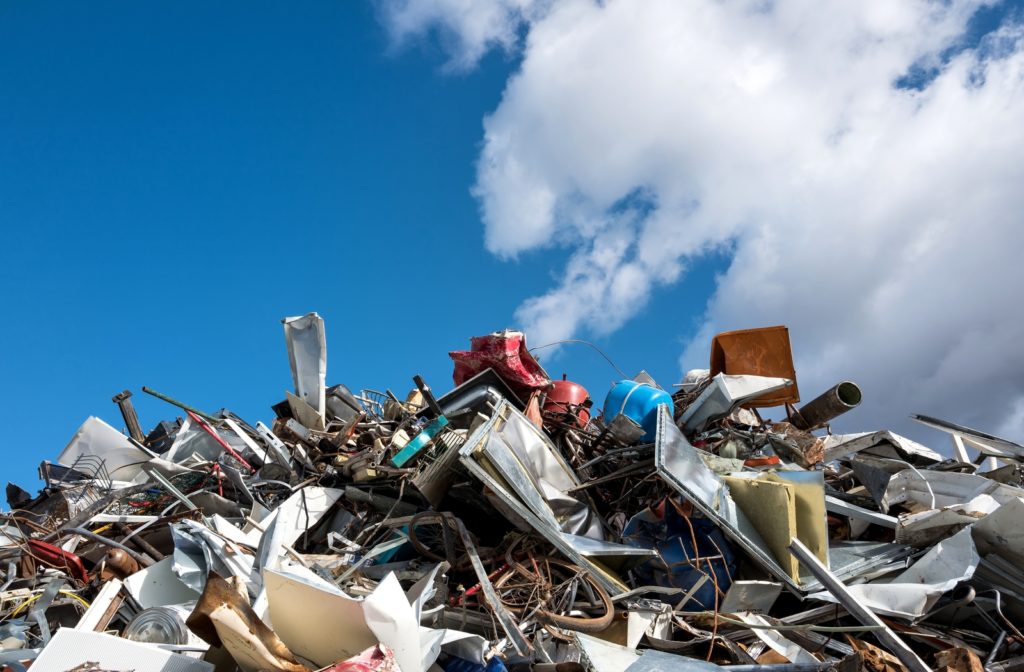Recycling Your Metals Makes A Difference
Metals are a critical material in our daily lives, and it’s easy to take them for granted.
We cook using pots and pans made from metal, our cars are made up of various metal parts (engines too!), the buildings we live in contain metal supports, and most importantly, our favourite beers come in metal cans. How could humanity survive without this vital resource?
Many of the world’s products are metal-containing, and sadly, a large amount of these products end up in landfills. Thankfully, a way to circumvent this type of unnecessary waste is to bring your metal scrap to companies like Federal Metals.
Fun Fact: Some metals can be continuously recycled without degrading the properties within it.
Industries like construction, manufacturing, and plumbing often bring their metal scraps for recycling to a metal scrap yard. But, homeowners and other individuals can also take advantage of this incredible and convenient service.
When you bring your metal scrap to a company like Federal Metals, you’re reducing your environmental impact by ensuring these materials end up in the right place — and to sweeten the deal; you can make a little money at the same time!
Why Should I Recycle My Scrap Metals?
Recycling scrap metals is a necessary process that has a considerable impact on the world. Reasons to consider recycling metals include:
- The Environment: Less scrap metal in landfills means fewer environmental risks, as many metals may contain chemicals that negatively affect soil and groundwater.
- The Economy: Recycling scrap metal is less expensive than mining for new metals.
Whether you’re a business or an individual, Federal Metals can help by processing and recycling your excess scrap metals.
Recyclable Metals
Let’s examine the two main categories of scrap metal:
Ferrous Metals
Ferrous metals are magnetic metals containing iron, and they are a widely recycled resource. Most buildings and transport vehicles contain ferrous metals.
These metals are often divided into 2 categories:
- Obsolete: Obsolete scrap metals come from items like household appliances, electronics, car parts, engines, and much more.
- Prompt: Prompt scrap metals are pieces left over from manufacturers.
Non-Ferrous Metals
Non-ferrous metals do not contain iron. There are several metals considered to be non-ferrous, like:
- Nickel
- Brass
- Copper
- Aluminum
- Zinc
Non-ferrous metals are considered more valuable than ferrous metals, and will fetch a higher price at your metal recycler.

The Metal Recycling Process
You may be curious about what happens to your scrap metals at Federal Metals, the overall process, and how your items are transformed into raw materials for new products. Your scrap metals go through the following steps as they are recycled:
Step 1: Collection
At Federal Metals, we collect metal scrap from businesses and individuals who drop off electronics, equipment, household appliances, and surplus construction materials.
Step 2: Separation
Scrap metals often arrive mixed at our facility, and it’s vital to separate all materials before recycling. The sorting process helps ensure that different types of metals are appropriately sorted into separate piles like brass, steel, and aluminum.
Some of this process is completed by hand, but most metal organization is automated, using magnets and sensors to detect different types of materials.
Step 3: Shredding
Metal recyclers must remove any leftover plastics or other non-metal materials completely from scrap metals. Following this step, the scrap metals are shredded into smaller pieces, ensuring they can be melted more easily.
This critical process helps decrease the time it takes to complete the melting task, and allows for fewer emissions during burning, making the recycling process more planet-friendly.
Step 4: Melting
Yes, the fun part! The shredding process creates small pieces of scrap metal, which are then transported into a high-temperature furnace to be melted. Depending on the metal’s melting point, this can take a few minutes or a few hours.
The high heat eventually transforms metal scraps into molten metal, which can easily form new products.
Step 5: Purification
An electrolysis system is used to remove any contaminants or impurities that may impede the creation of the final material.
Step 6: Shaping
Metals straight from the furnace are shaped into pieces called ingots. Metals in ingot form are more easily manipulated into shapes like bars, tubes or sheets.
Step 7: Delivery
Once the newly formed metal has cooled, it can be delivered to various places, like factories and construction sites. These fresh metals are transformed into brand-new everyday items or industrial materials.
Improving The World With Your Scrap Metal
Metal recycling has been a tremendous supplier of products for the manufacturing and construction industries for many years. The metal recycling industry works hand-in-hand with the economy, aids in producing new goods, and helps protect our environment.
If you are interested in improving your companies’ recycling program, have unused items that need a new home, or want more information on our scrap metal processes, contact Federal Metals today.
Our knowledgeable staff is passionate about repurposing, and would love to hear from you!



